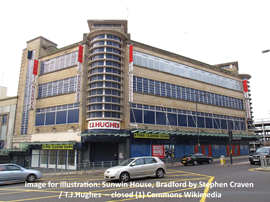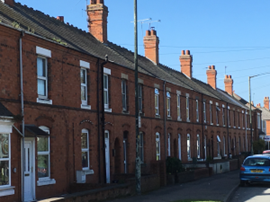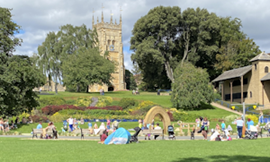Venice a lecture by Sir Ashley Clarke
From Venice a lecture by Sir Ashley Clarke, reported in Ancient Monuments Society’s Transactions (1983)
I often hear people refer to Venice as ‘unique’. Well, it is and it is not. It is not unique in being situated in a very humid environment nor in being supported deep down in its subsoil by cushions of water (aquifers). In these respects, London has much in common with Venice. Where Venice is well-nigh unique is in the degree of environmental humidity with which the city has to contend and, very important, that it has to cope not only with fresh water from the skies but also with seawater from below. This penetrates all porous material and, rising by capillary action, leaves in it saline deposits which in turn attract further humidity.
This is why from the start Venetians used Istrian stone at the base of all important buildings standing in or near a canal, Istrian stone being a very dense, almost 100 per cent non-porous, limestone. In fact, the overwhelming majority of buildings in Venice consist basically of two materials, brick and Istrian stone. Istrian stone literally comes from the Istrian peninsula, just south of Trieste and now in Yugoslav territory, where the quarries are still active. Marble is fairly frequent, too, but as a rule only used decoratively, not structurally as in Athens. The choice by the earliest Venetian builders of Istrian stone for both structural and decorative purposes was one of the happiest that could have been made because only its skin is vulnerable to water. It is certainly one of the major reasons for the almost miraculous survival of such a wealth of historic architecture.
The piles have in the most remarkable manner survived the centuries and, so long as they remain damp, they maintain their consistency. When, for some special operation of repair, these wooden piles have to be pulled out, within an hour they turn to powder.
Nowadays, it is generally considered wrong in principle to remove mosaics from the wall in order to restore them, as they did in S Apollinare in Classe at Ravenna some years ago. The reason for this is that the liveliness of a wall mosaic is in large measure due to the way in which the light strikes it. Since each tessera, or cube, is inserted by hand into the bedding of mortar which holds it in position and itself adheres to the wall and since the craftsman is careful not to flatten each surface as he completes it, the result is a great variety of angles at which light is reflected. Whereas, if you remove to the laboratory the area to be restored, it is almost impossible, when the time comes to replace it, to reproduce the original diversity of surface.
This article originally appeared as ‘The writer’s voice’ in the Institute of Historic Building Conservation’s (IHBC’s) Context 181, published in December 2024.
--Institute of Historic Building Conservation
Related articles on Designing Buildings Conservation.
IHBC NewsBlog
Old Sarum fire in listed (& disputed) WW1 Hangar - Wiltshire Council has sought legal advice after fire engulfed a listed First World War hangar that was embroiled in a lengthy planning dispute.
UK Antarctic Heritage Trust launches ‘Virtual Visit’ website area
The Trust calls on people to 'Immerse yourself in our heritage – Making Antarctica Accessible'
Southend Council pledge to force Kursaal owners to maintain building
The Council has pledged to use ‘every tool in the toolbox’ if urgent repairs are not carried out.
HE’s Research Magazine publishes a major study of the heritage of England’s suburbs
The article traces the long evolution of an internal programme to research 200 years of suburban growth
IHBC Context 183 Wellbeing and Heritage published
The issue explores issues at the intersection of heritage and wellbeing.
SAVE celebrates 50 years of campaigning 1975-2025
SAVE Britain’s Heritage has announced events across the country to celebrate bringing new life to remarkable buildings.
IHBC Annual School 2025 - Shrewsbury 12-14 June
Themed Heritage in Context – Value: Plan: Change, join in-person or online.
200th Anniversary Celebration of the Modern Railway Planned
The Stockton & Darlington Railway opened on September 27, 1825.
Competence Framework Launched for Sustainability in the Built Environment
The Construction Industry Council (CIC) and the Edge have jointly published the framework.
Historic England Launches Wellbeing Strategy for Heritage
Whether through visiting, volunteering, learning or creative practice, engaging with heritage can strengthen confidence, resilience, hope and social connections.














